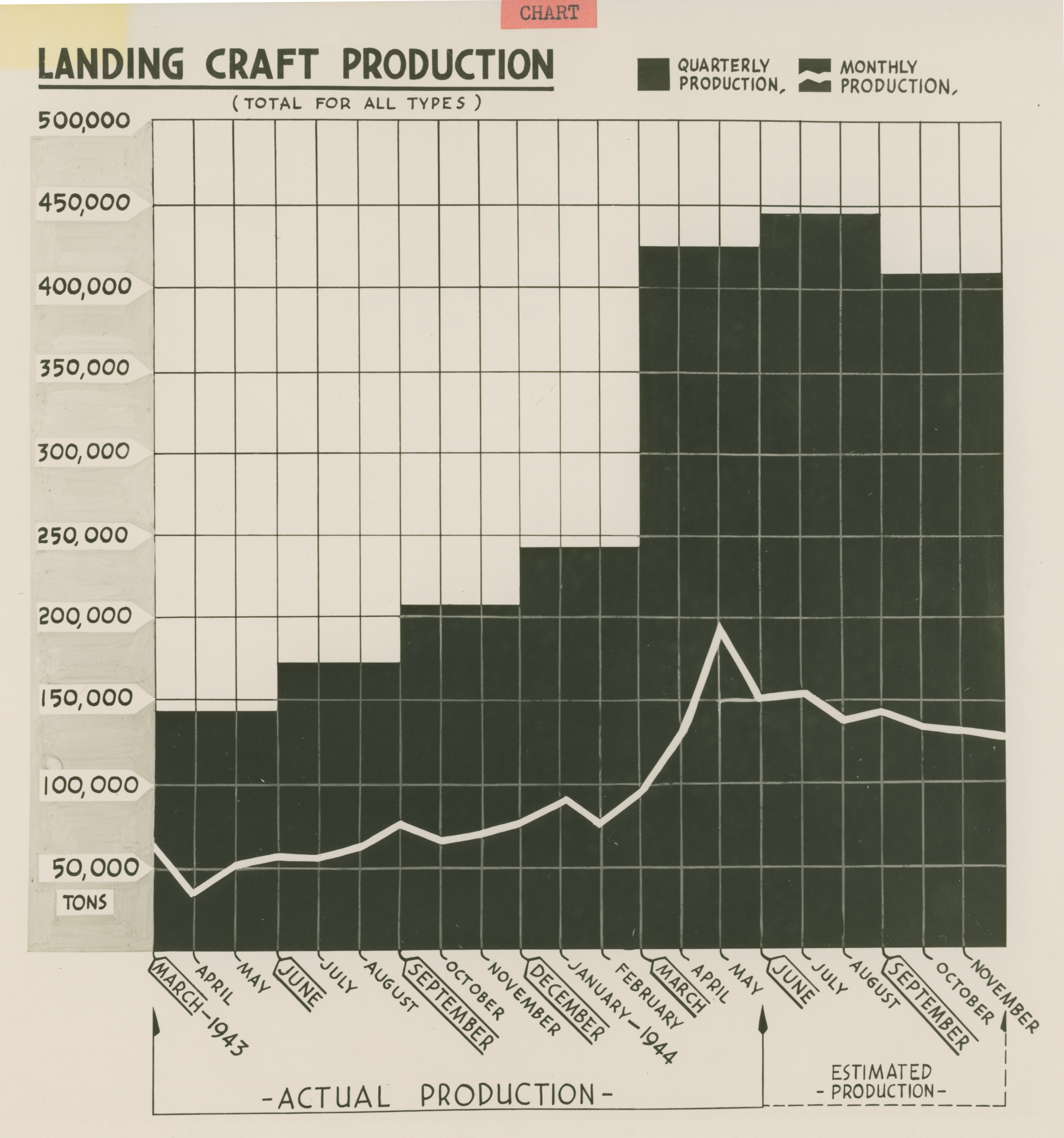$330 Billion
Estimated total monetary cost (in 1945 dollars) of America’s involvement in World War II.
$136 Billion
Bonds (in 1945 dollars) purchased by Americans during seven nationwide “War Loan” bond drives.
$33 Million
Funds (in 1945 dollars) raised during World War II for the United Service Organizations, which provided entertainment and recreational opportunities for servicemembers and their families.
27.3 Million
People who moved away from their original county of residence during the war, often to work in defense industries.
20 Million
Victory gardens grown during World War II.
12.3 Million
Men and women in the US military at peak strength in 1945, including the Army (and Army Air Forces), Navy, Marines, and Coast Guard.
12 Million
Volunteers in the Civilian Defense Corps at its peak in 1943.
650,000
Jeeps produced for the war effort, mostly by the Ford Motor Company and Willys-Overland Motors.
488,193
Parts required to build a single B-24 bomber aircraft.
450,000
Tons of scrap rubber donated by Americans in President Franklin Delano Roosevelt’s “Pick Up the Rubber” campaign, a monthlong nationwide scrap rubber drive conducted in 1942.
350,000
Women who volunteered for military service during the war.
174,000
Soldiers in the US Army when World War II began—a smaller fighting force than Portugal and only slightly larger than Bulgaria.
125,000
Atomic workers employed by the Manhattan Project, which developed the atomic bomb.
120,000
Japanese American men, women, and children, many of them US citizens, forcibly incarcerated in rural camps without due process or even having been charged with a crime.
33,000
Nisei—a second-generation Japanese American—who served in the US military during World War II, despite the widespread incarceration of Japanese American citizens without legal cause.
5,600
Local War Price and Rationing Boards created around the United States to administer the nation’s rationing program.
992
Total number of African American pilots trained at the Tuskegee Institute in Alabama from 1941-1946.
35
Mile-per-hour “Victory Speed” limit widely imposed around the United States to conserve rubber and fuel starting in 1942.
32
Pounds of rubber needed to properly equip each servicemember in the US military.
27
Aircraft carriers commissioned during the war.
1
Atomic device tested before the United States used an atomic bomb over Japan in 1945.
